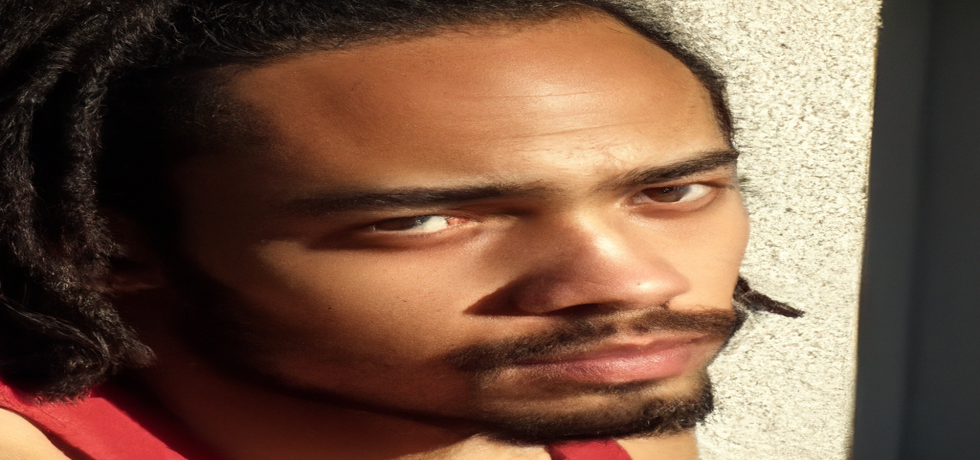
Mastering Dandruff: A Comprehensive Guide
Introduction to Dandruff
Dandruff is a common condition that many people experience at some point in their lives. It can be embarrassingly visible and uncomfortable, so mastering dandruff is crucial for overall scalp health. Understanding the root causes, types, and treatment options for dandruff can empower you to take charge of your scalp care routine. This guide will provide you with all the essential information you need to tackle dandruff effectively.
Understanding Dandruff: An Overview
Dandruff is primarily the shedding of dead skin cells from the scalp. You may notice white or yellowish flakes on your clothes, especially against darker fabrics. The most common triggers of dandruff include the overgrowth of a yeast called Malassezia, dry skin, and sensitivity to hair products. While some flaking is natural, excessive dandruff can signal underlying problems that need addressing.
Causes of Dandruff
Dandruff can stem from various causes, which can differ from person to person. The most notable factors include:
- Malassezia Yeast: This naturally occurring fungus can flourish if there is a high oil content on the scalp, leading to irritation and increased cell turnover.
- Seborrhoeic Dermatitis: This condition often results in oily, inflamed skin covered in flakes – a severe form of dandruff.
- Scalp Sensitivity: Allergies to certain hair care products can cause contact dermatitis, making the scalp red and itchy.
- Environmental Factors: Weather conditions, pollution, and poor nutrition may also impact scalp health, leading to dandruff.
Types of Dandruff
Dandruff can manifest in various forms. Recognizing these types can aid in selecting the appropriate treatment:
- Dry Scalp Dandruff: Characterized by small, dry white flakes, often worsened by dry air or harsh hair products.
- Oily Scalp Dandruff: This type leads to yellowish, greasy flakes, commonly linked to seborrhoeic dermatitis and excess oil production.
- Fungal Dandruff: Thick, inflamed patches indicate an overgrowth of Malassezia yeast.
Treatment Options for Dandruff
Mastering dandruff effectively requires a blend of appropriate treatment options. Here are some strategies that can help:
- Medicated Shampoos: Use shampoos that target dandruff by containing active ingredients such as zinc pyrithione or ketoconazole.
- Home Remedies: Natural options such as tea tree oil or apple cider vinegar may provide gentle, soothing effects on the scalp.
- Lifestyle Changes: Regular washing and a balanced diet rich in zinc and omega-3 fatty acids can bolster scalp health.
When to Consult a Dermatologist
If dandruff persists despite your best efforts, it may be time to consult a dermatologist. Symptoms like severe itching, redness, or bleeding can indicate more serious conditions such as psoriasis or eczema, which require specialized treatment. Consulting professionals can also provide personalized advice tailored to your unique scalp condition.
Conclusion
Mastering dandruff involves awareness, effective treatment, and consistent care. By understanding the different types and causes of dandruff, along with choosing proper treatment, you can significantly improve your scalp health. Remember, a flake-free scalp is a confident scalp!
For professional assistance and expert advice from leading dermatologists like Dr. Hital Patel, experience the benefits of mastering dandruff with Hair & Skin Specialist Dr. Hital Patel at The Skin Artistry. Our clinics in PDPU Gandhinagar, Vastrapur Ahmedabad, and Hyderabad (Visiting Consultant) offer top-quality care and personalized treatments. Visit us today to learn more about our services and take advantage of our special offers! For more insights, updates, or to collaborate, stay connected with The Skin Artistry.

